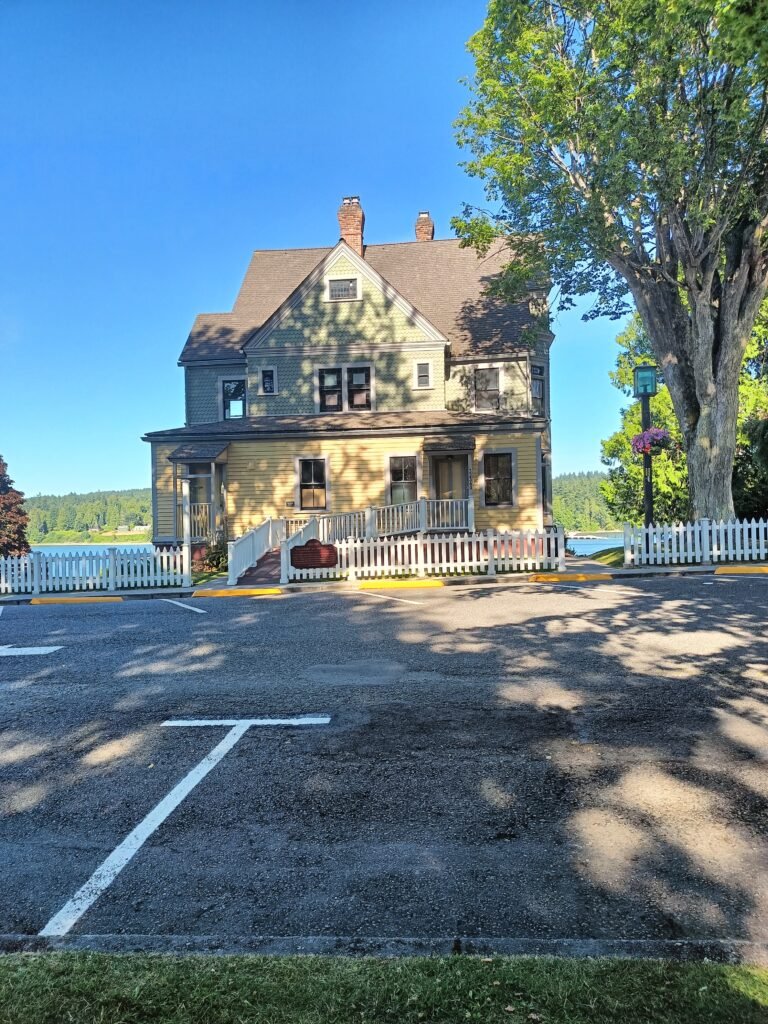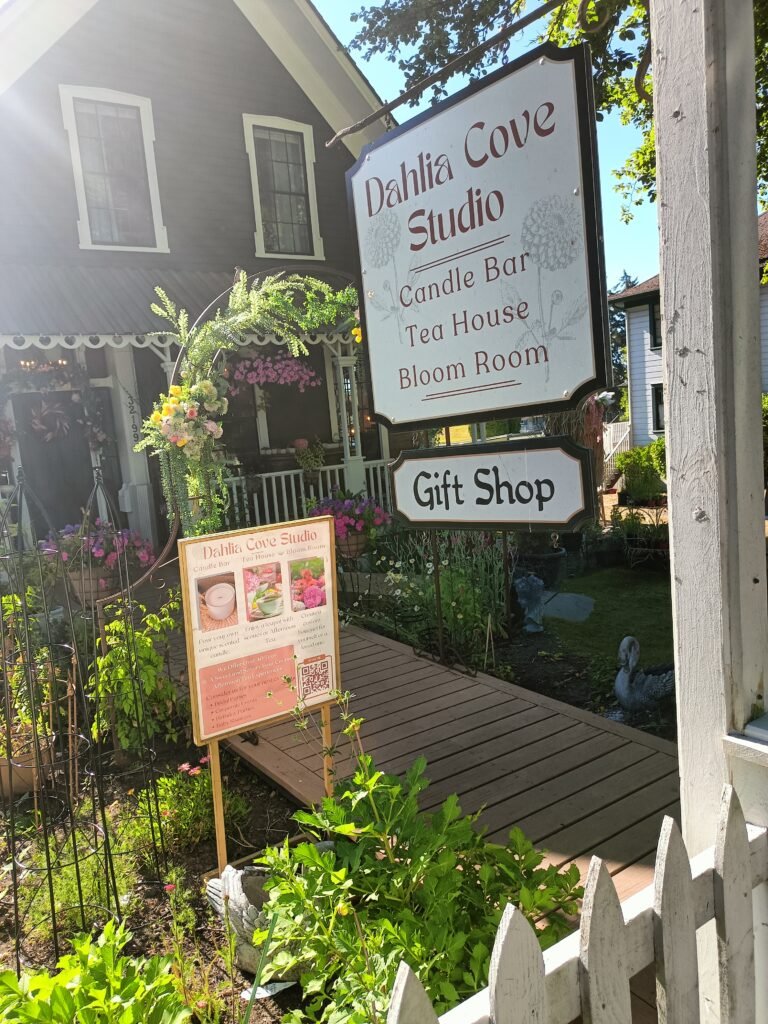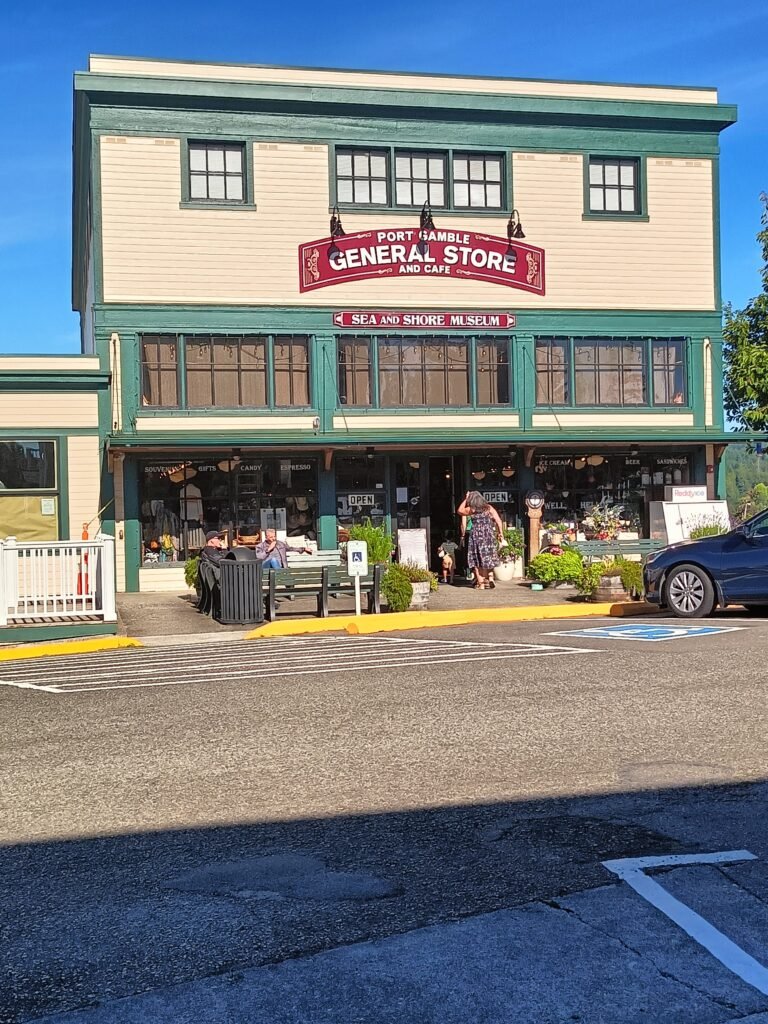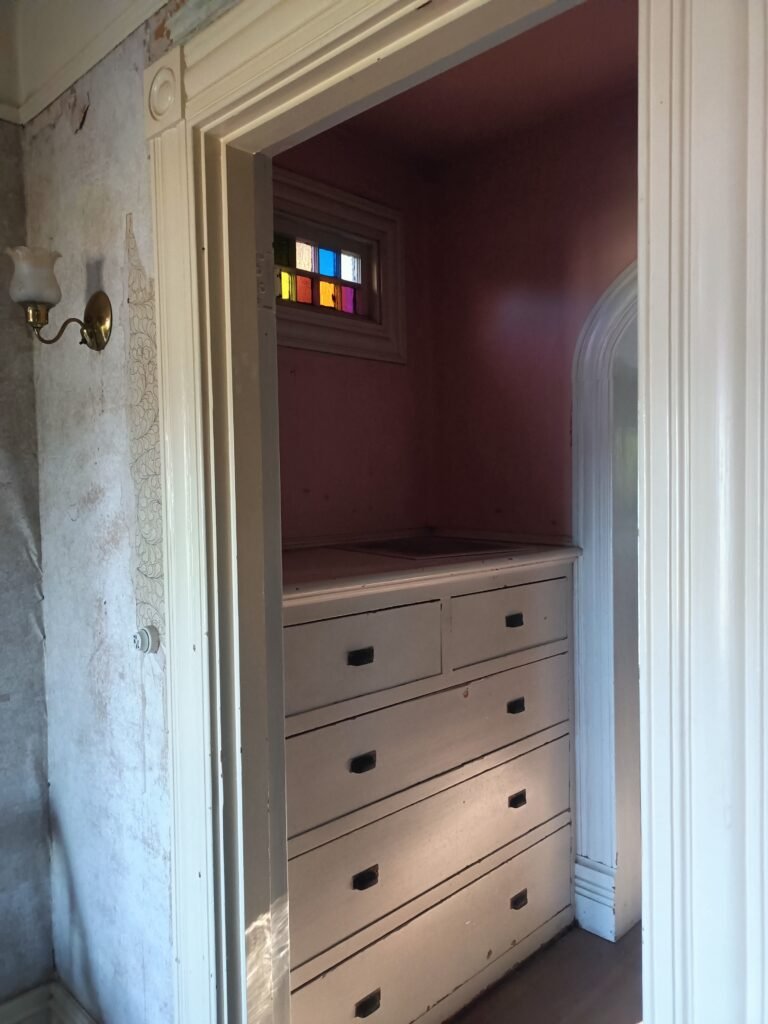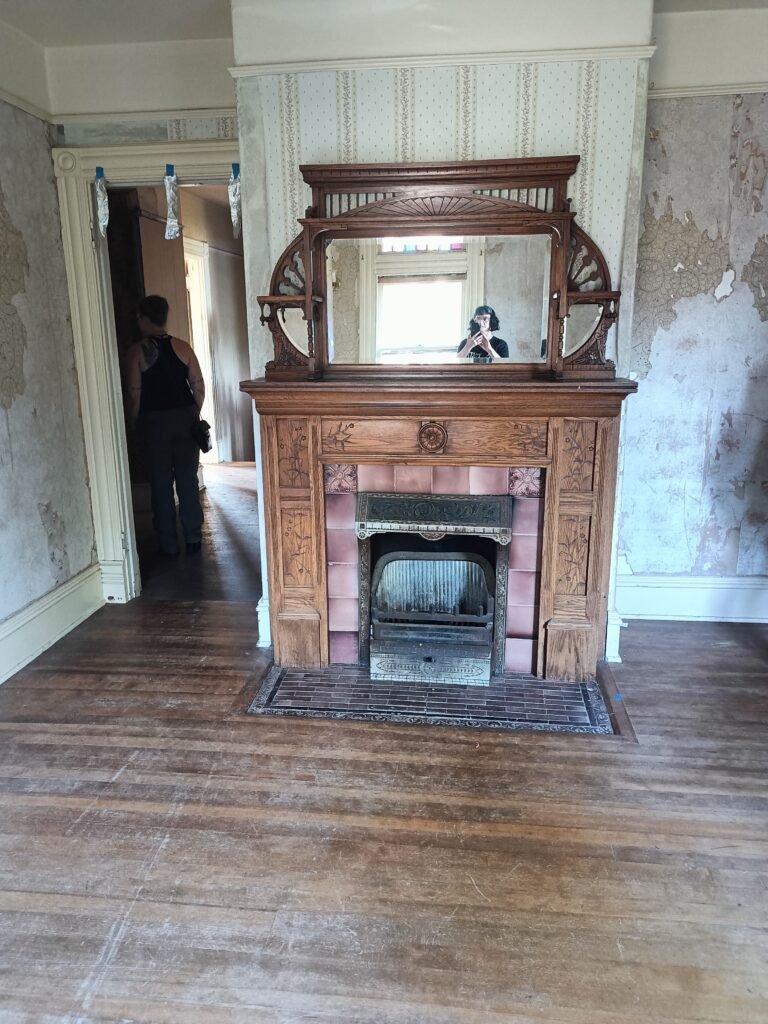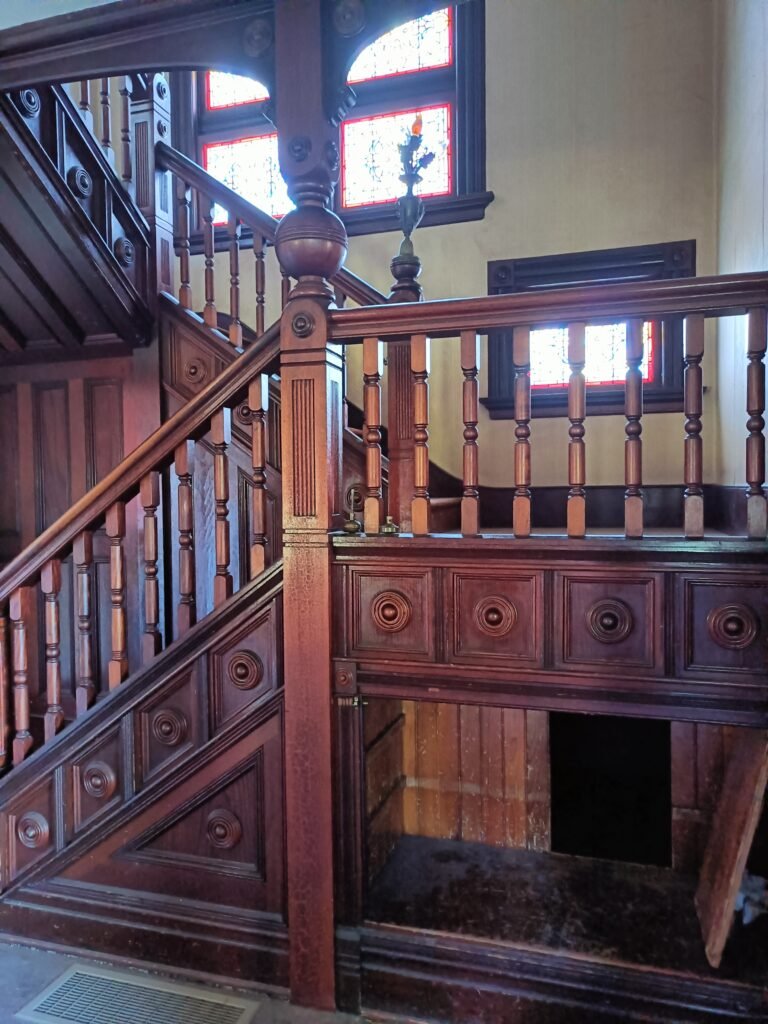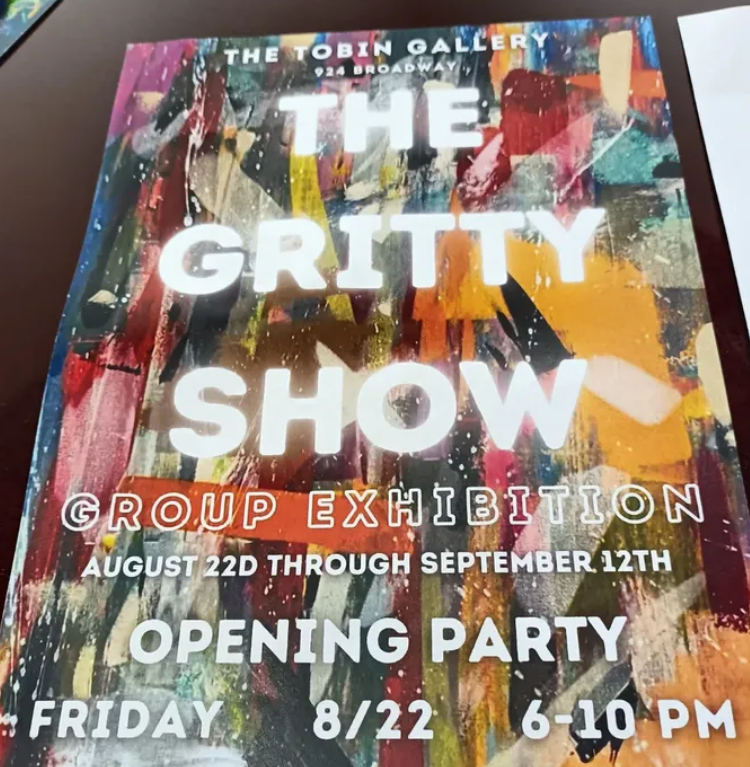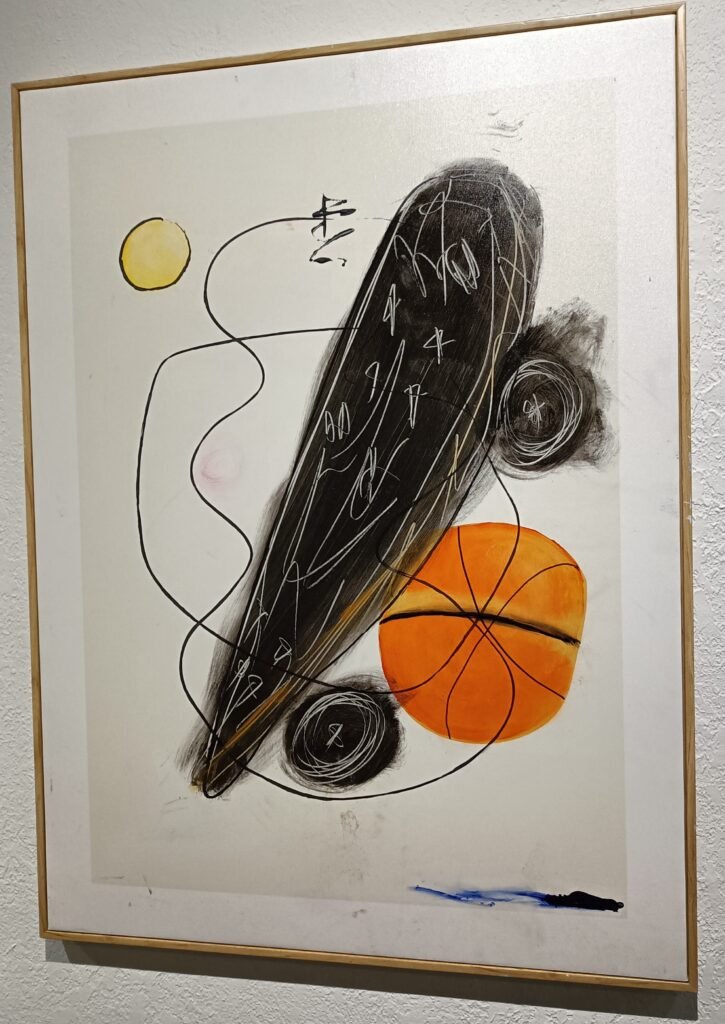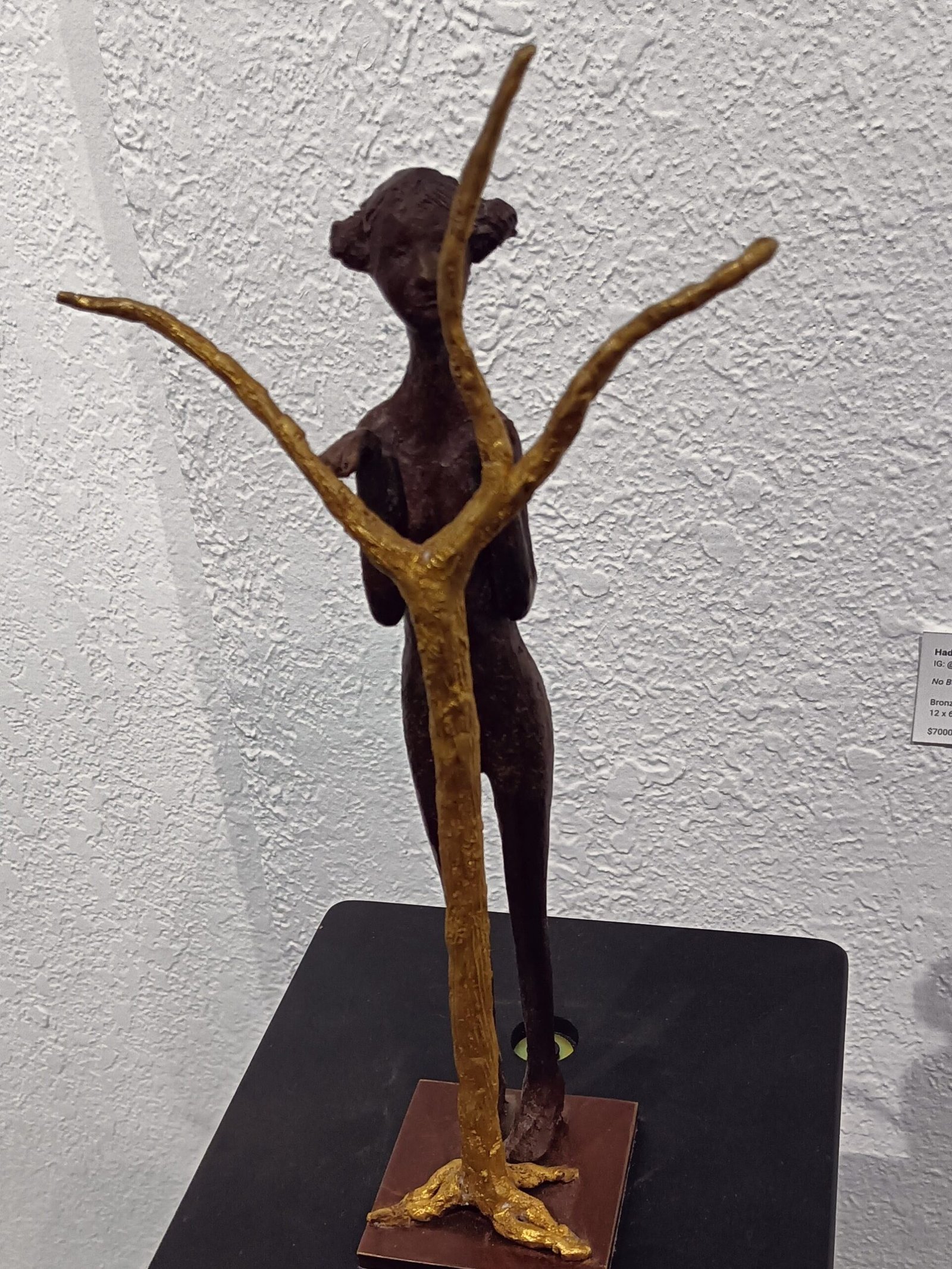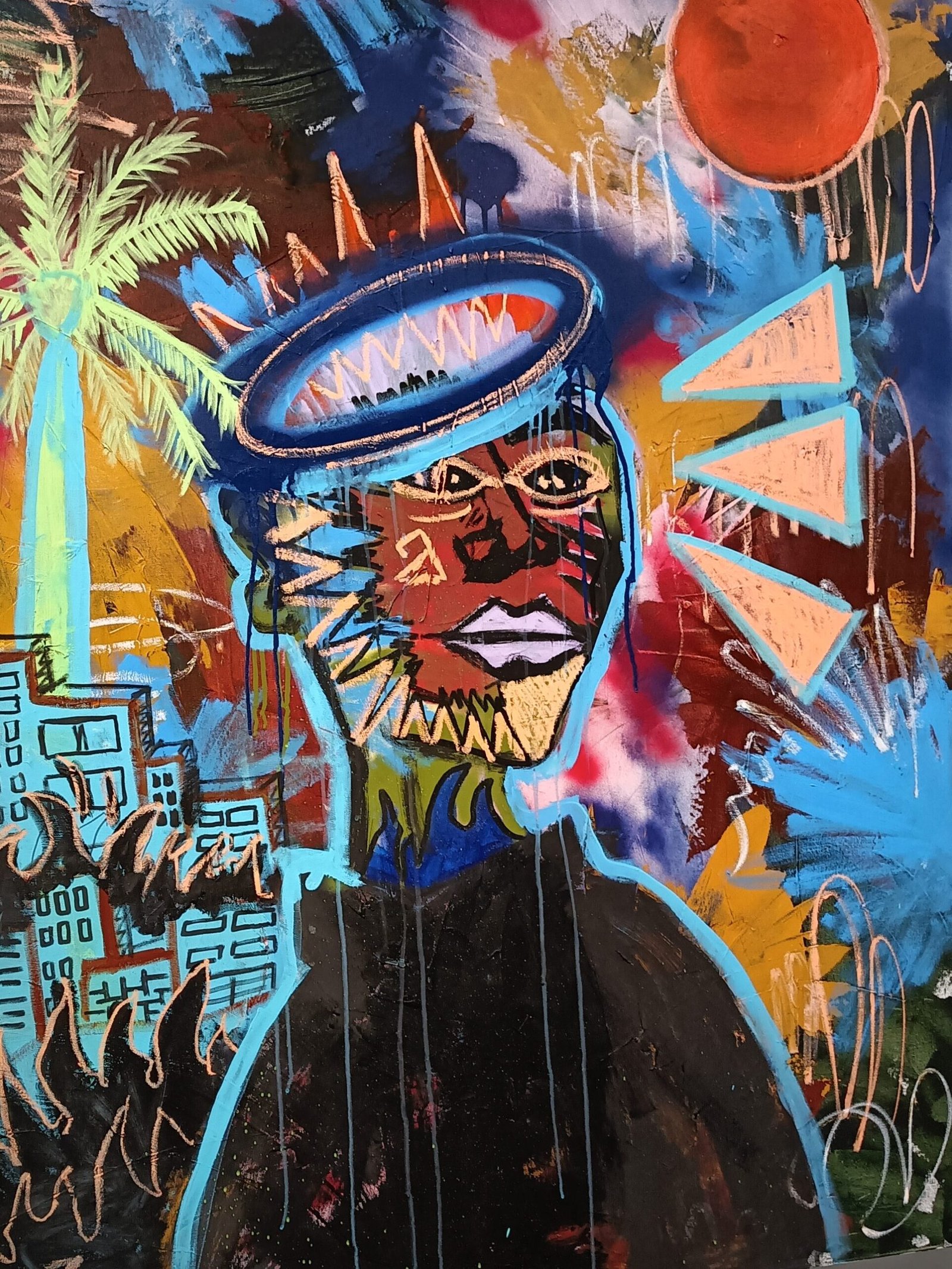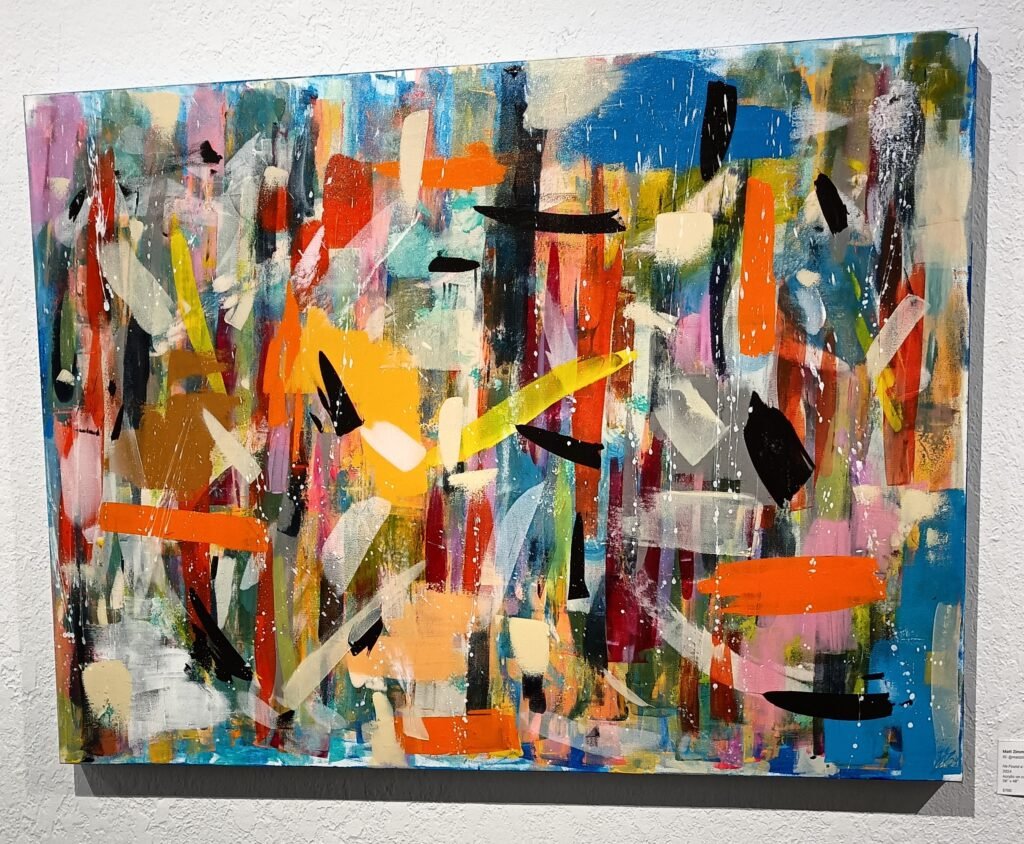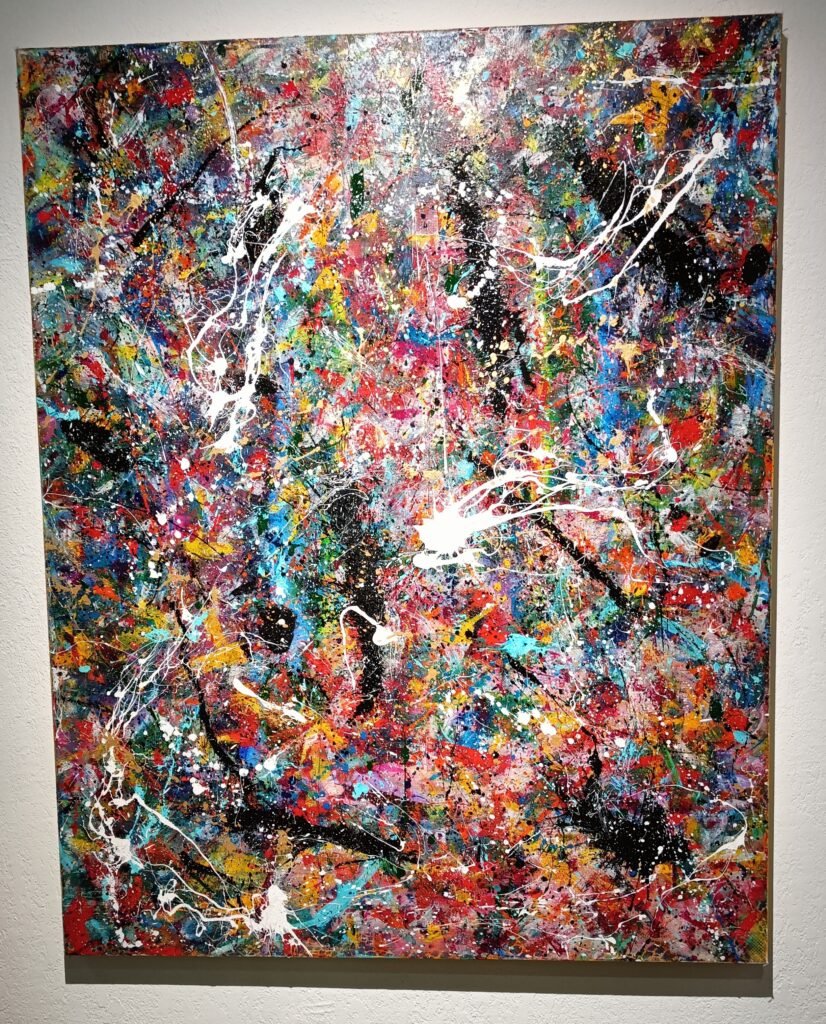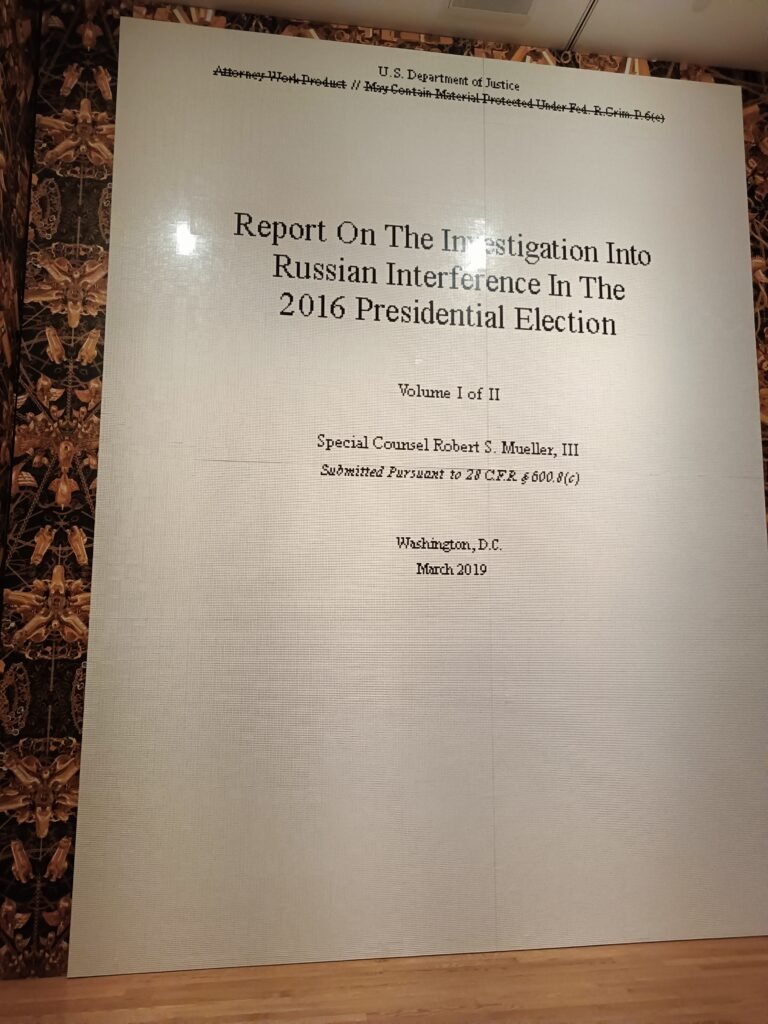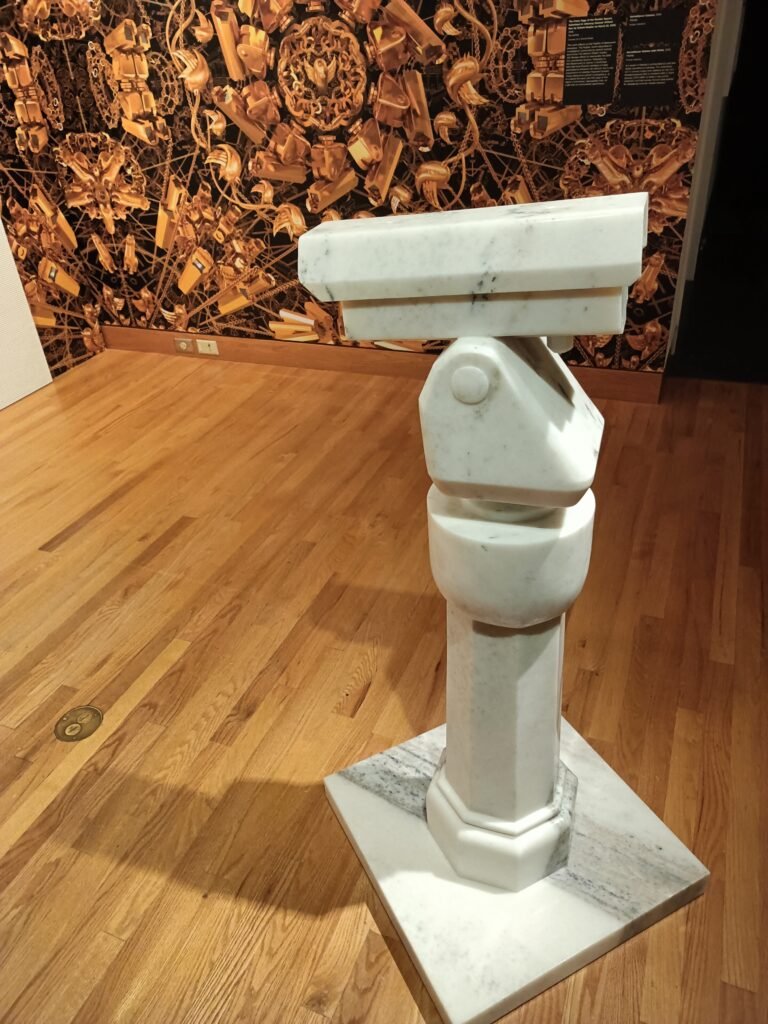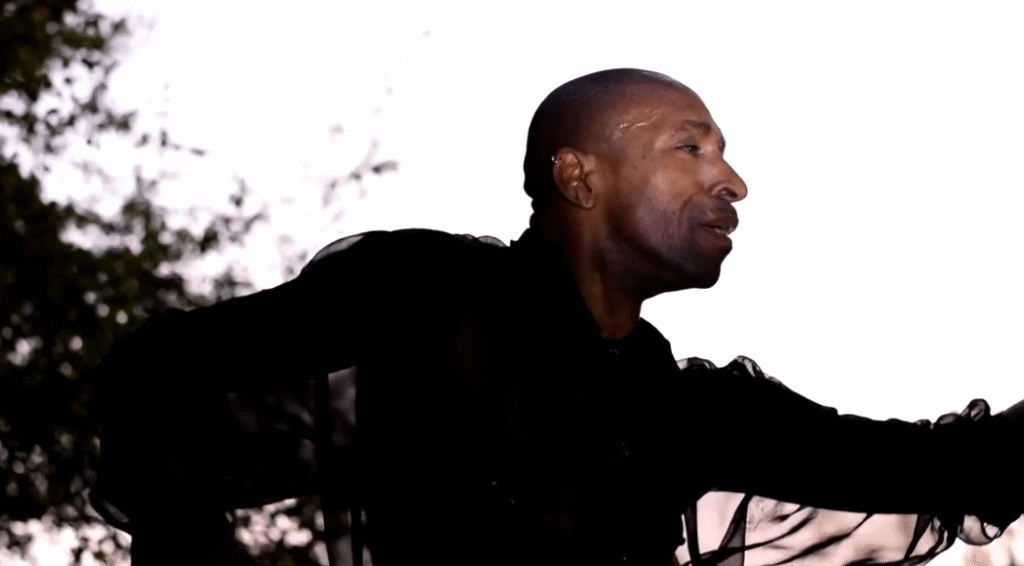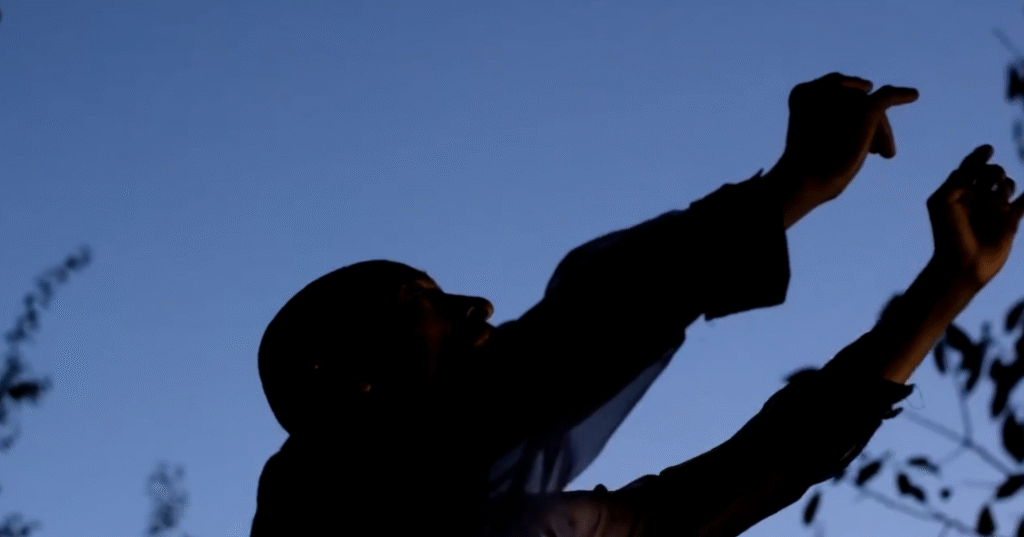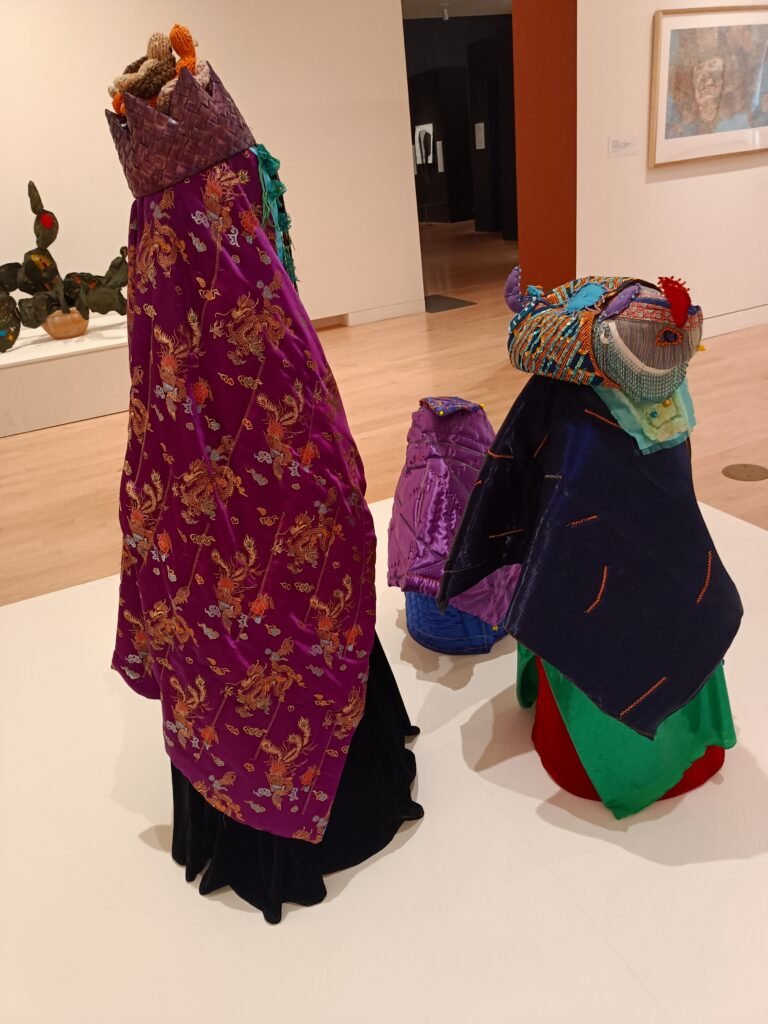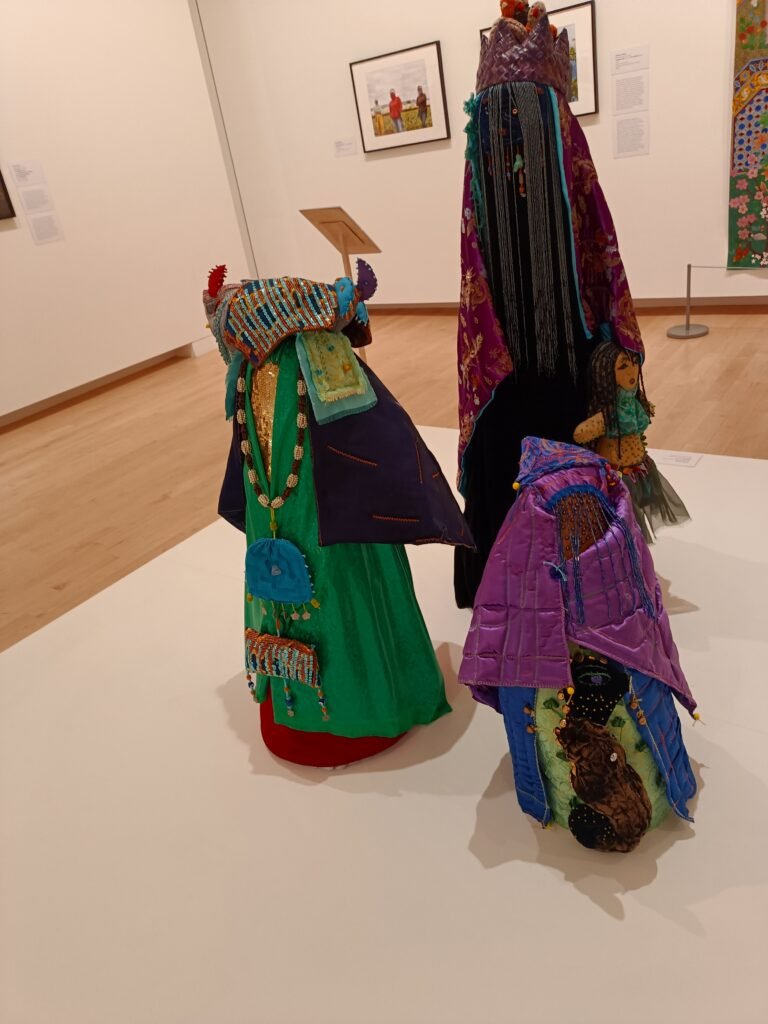Ghosts by the Water
We were recently invited by our friend — fellow goth and Tacoma real estate agent Benni Sack — to tour a haunted house in Port Gamble. The small historic town, surrounded by the waters of the Sound and home to only about 834 residents, boasts a number of downtown buildings rumored to be haunted.
After visiting, I was convinced it was because of how lovely the place is. Port Gamble is an enchanted patch of land, wrapped in water and filled with old trees and character. The historic houses, now art galleries, craft shops, cafés, and restaurants, were so charming I couldn’t blame the spirits for wanting to linger. That was my impression during the daylight, at least.
Our evening visit was to one of the area’s most haunted properties — the Walker-Ames House. Said to be home to a handful of family spirits, the property can be viewed by reservation. The ghosts are mostly benign, though sensitivities vary. For instance, I did not feel comfortable entering the basement, while others who did reported an unpleasant presence.
We were in good hands with our guide Paranormal Pete, who knows the resident spirits well. As we entered, we heard what sounded like playful children’s laughter echo through the hall. Some areas of the house are cordoned off as “ghost-only” spaces — a large upstairs closet, and the servants’ stairwell. Pete brought along an array of investigative tools for us to use, including EMF meters, dowsing rods, and a spirit box, which he later demonstrated to attempt communication with the unseen residents.
We walked through the house, once considered a mansion in its day, with spacious rooms designed for entertaining, fireplaces in nearly every bedroom, and a generous attic that once served as the nanny’s quarters and playroom for the children. The primary bedroom even boasted its own en suite bath and a small balcony overlooking the grounds — a rare luxury for the period.
In contrast, time has taken its toll. Much of the wallpaper is torn or missing, and the wooden floors creak underfoot with age. Restoring the home to its original grandeur would be prohibitively costly, a quiet echo of the family’s former status among the town’s most prominent citizens. I imagine the spirits have mixed feelings about it all — perhaps appreciative of the attention they still receive, yet impatient when visitors fail to show the proper respect for their historic home.
Outside the Walker-Ames House, other buildings in the area were said to host their own ghostly inhabitants — a former general store now home to a café, a small nautical museum, and a tourist shop among them. Across the street stood an old theater and post office, both known for unexplained activity reported by residents and visitors alike. There had once been a hospital nearby, and our guide suggested that some of its spirits may have drifted over when he opened channels of communication. Depending on the era and the illnesses that took their lives, some of these lingering souls did not seem entirely at peace.
As the evening faded into night, I left with the sense that the town’s spirits — like its people — simply loved where they lived. Maybe haunting, in some places, is just another word for staying home.
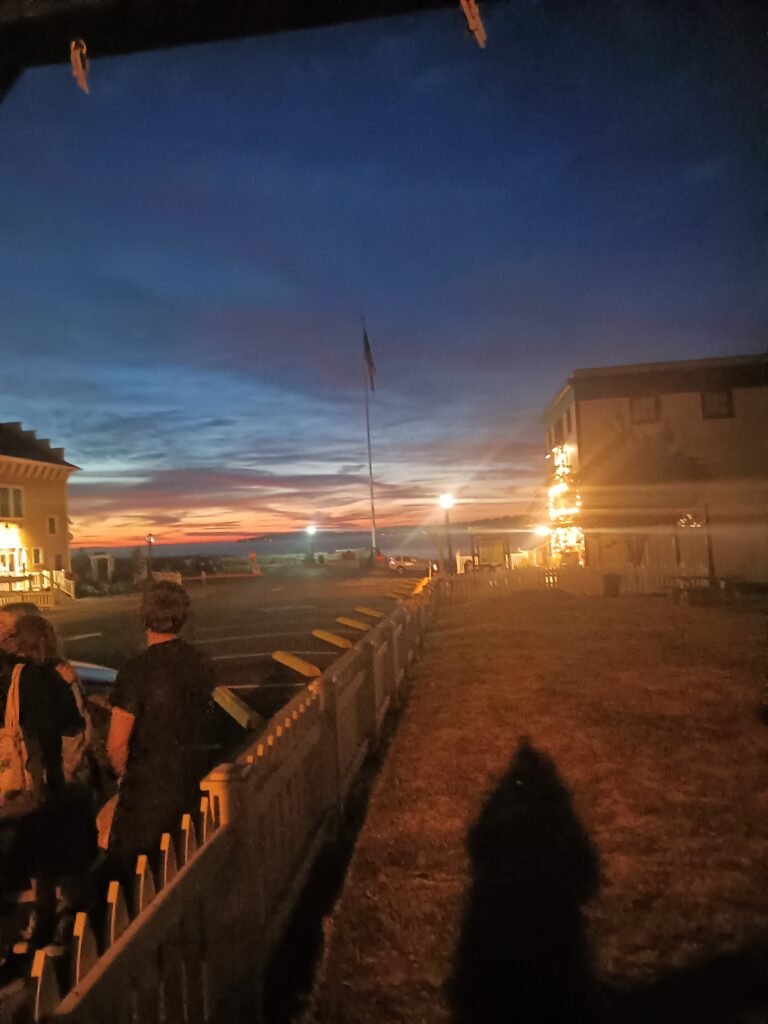
During Halloween season Pete offers regular Ghost Walks, and on Halloween itself there is Trick or Treating for children as well as a Ghoulish Gala in the evening. More information can be found here: https://www.portgamble.com/events-festivals/ Tickets can be procured on Eventbrite.
Paranormal Pete’s site for all his regular offerings including their annual Ghost Conferences is available here: https://www.portgambleparanormal.com/
NOTES:
If you enjoy my writing here, you might also like some of my other projects:
- 💡 I have a Patreon where I share extra writing, behind-the-scenes notes, and updates on creative projects. You can check it out here.
- 📖 I recently self-published my MA thesis on Butoh, which is available here. If you’re curious about performance, embodiment, and cultural history, I’d love for you to read it.
- ☕ If you’d like to give a small one-time tip ($3), you can do so via Ko-fi here. Every bit of support helps and is greatly appreciated!
- And as always – Please like and subscribe!

